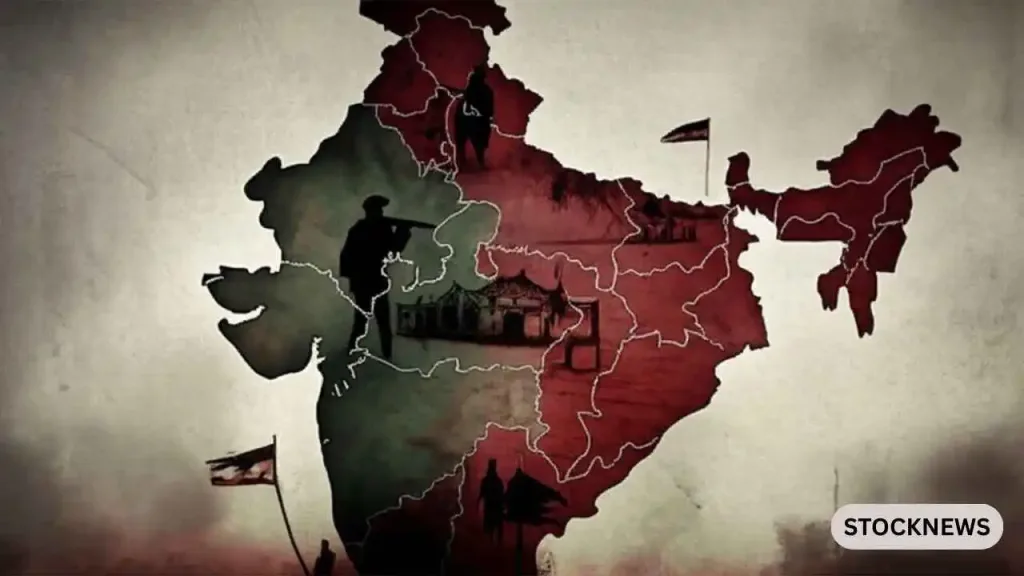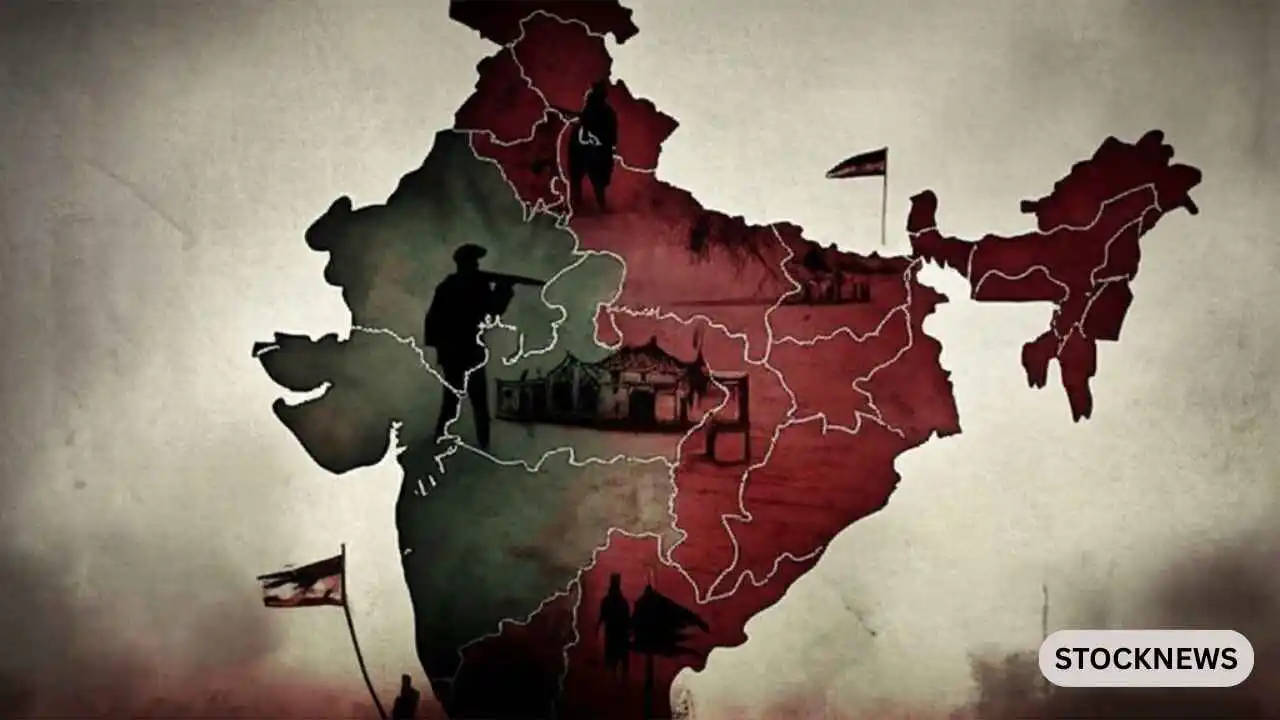New Delhi — While much of the country marked the 77th Independence Day on August 15, 2024, with patriotic fervor, a darker truth lay buried beneath the celebrations. In parts of India’s vast and diverse landscape, parallel narratives of sovereignty, conflict, and rebellion continue to unfold—largely hidden from the national discourse.
From the jungles of Chhattisgarh to the remote hills of Nagaland and the embattled plains of Manipur, India is quietly battling a complex web of insurgencies. These conflicts—ranging from Maoist guerrilla warfare to ethnic separatist movements—span over 15 of India’s 28 states, affecting millions and threatening the very fabric of national unity.
A Bloody Ambush in Chhattisgarh
On a recent day in the dense forests of Bijapur’s Kutru area in Chhattisgarh, eight security personnel were killed in a brutal ambush by Maoist insurgents. The attack is the latest in a decades-long conflict with Naxalite groups—left-wing extremists who espouse a radical communist ideology and aim to overthrow the Indian state through armed rebellion.
Operating across what is known as the Red Corridor—a swath of territory cutting through nine Indian states—the Maoists have established a parallel rule in some of the country’s most underdeveloped regions. Their grip on local populations is enforced with ruthless violence, including public executions and forced recruitment of child soldiers. Government infrastructure projects—schools, roads, and hospitals—are often sabotaged, and those participating in democratic processes, such as voting, face severe punishments.
According to government estimates, the Maoist insurgency controls territory in at least 38 districts. With a militia believed to number over 20,000, the group finances its operations through extortion, “revolutionary taxes,” and the illicit cultivation of opium. Their goal: to transform India into a Maoist-style communist state by 2050.
A Parallel Nation Within Nagaland
In India’s far northeast, a different struggle for autonomy has simmered for over seven decades. Nagaland, which witnessed the birth of India’s first separatist rebellion in 1946 under the leadership of A.Z. Phizo, is still home to one of the country’s most entrenched insurgent movements—the National Socialist Council of Nagaland (NSCN).
The NSCN dreams of creating a sovereign state called “Greater Nagalim,” uniting Naga-inhabited areas across Nagaland, Manipur, Arunachal Pradesh, and Assam. Within the state, in a district called Hebron, the insurgents have reportedly built a de facto independent administration. They operate their own ministries—Home, Finance, and External Affairs—led by a self-declared Prime Minister. Their slogan? Nagaland for Christ.
This shadow government even celebrates its own “Independence Day” on August 14 each year, a day before the rest of the nation. Videos of these celebrations are shared openly on social media, brazenly challenging India’s sovereignty.
Despite the presence of Indian armed forces in the region, insurgents maintain control over significant territories and continue to run an underground economy and well-armed militia—one that reportedly includes a 15,000-strong force, complete with a women’s battalion.
Manipur: A State Fragmented by Ethnic Warfare
Further south, the state of Manipur remains on the edge of civil collapse. Since 2023, violent ethnic clashes between the Kuki and Meitei communities have escalated into a full-blown armed conflict. Relief camps shelter thousands who have been displaced for over a year, many unsure if they will ever return home.
Adding to the chaos are at least 10 insurgent groups, all vying to carve out separate homelands from Manipur’s territory. Paradoxically, while they share the common goal of secession, these groups often operate independently and at odds with each other, complicating efforts at peacebuilding.
Many of these rebel factions are equipped with modern military hardware—rocket launchers, machine guns, sniper rifles—and even utilize advanced satellite communication systems like Starlink, despite it not being officially available in India. Intelligence agencies suspect significant foreign funding is sustaining these operations.
Assam, Arunachal, and the Looming Threat
In Assam, multiple separatist groups continue to advocate for independence, echoing calls for sovereignty that began decades ago. While the intensity of violence has decreased in recent years, the region remains fraught with tension and low-grade insurgency.
Arunachal Pradesh, meanwhile, has largely remained outside the crosshairs of separatist violence, but faces infiltration and pressure from Nagaland-based rebel groups like the NSCN, who claim portions of its territory for their envisioned Greater Nagalim.
Caught in the Crossfire: The Common Citizen
Amid these sprawling conflicts, it is the ordinary citizens who bear the brunt. In Manipur alone, families have languished in relief camps for over a year, living in uncertainty and fear. In Naxal-dominated villages, children are abducted and indoctrinated, their futures hijacked by a war not of their choosing.
The government’s counter-insurgency efforts have achieved sporadic success, but critics argue that a militaristic approach alone is insufficient. Without addressing the underlying issues—poverty, tribal disenfranchisement, land rights, and ethnic identity—India risks perpetuating a cycle of violence.

A Nation Divided, But Not Broken
India’s democratic institutions have shown remarkable resilience, even in the face of deep internal strife. Yet the country’s silent wars—fought far from the media spotlight—pose existential questions about governance, inclusion, and the promise of unity in diversity.
As India looks toward its centennial in 2047, the challenge is not just to celebrate freedom—but to ensure it reaches every corner of the republic. In the forests of Chhattisgarh, the hills of Nagaland, and the scarred streets of Manipur, that promise remains dangerously unfulfilled.
